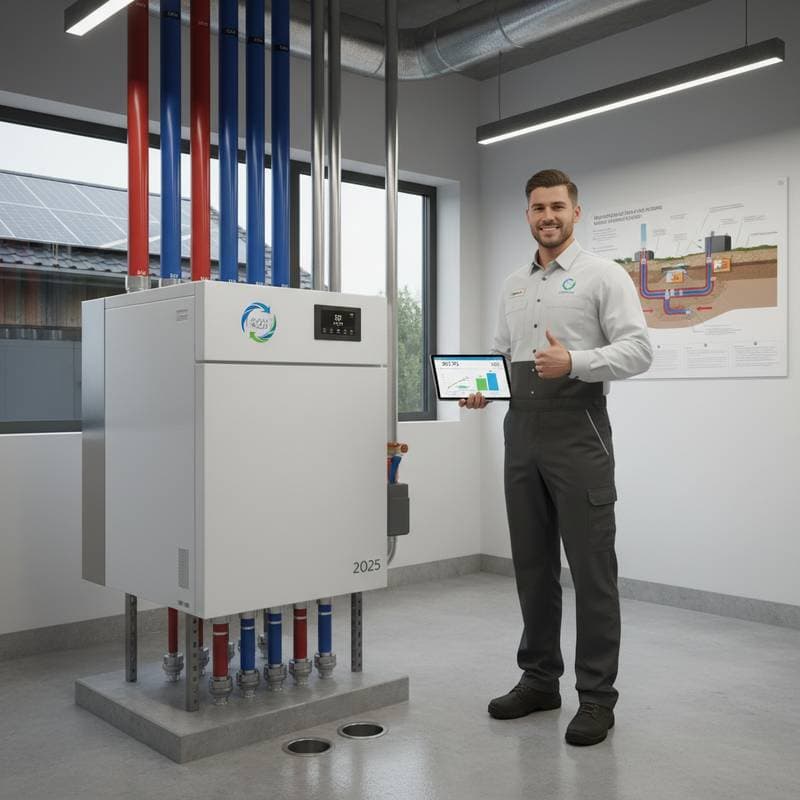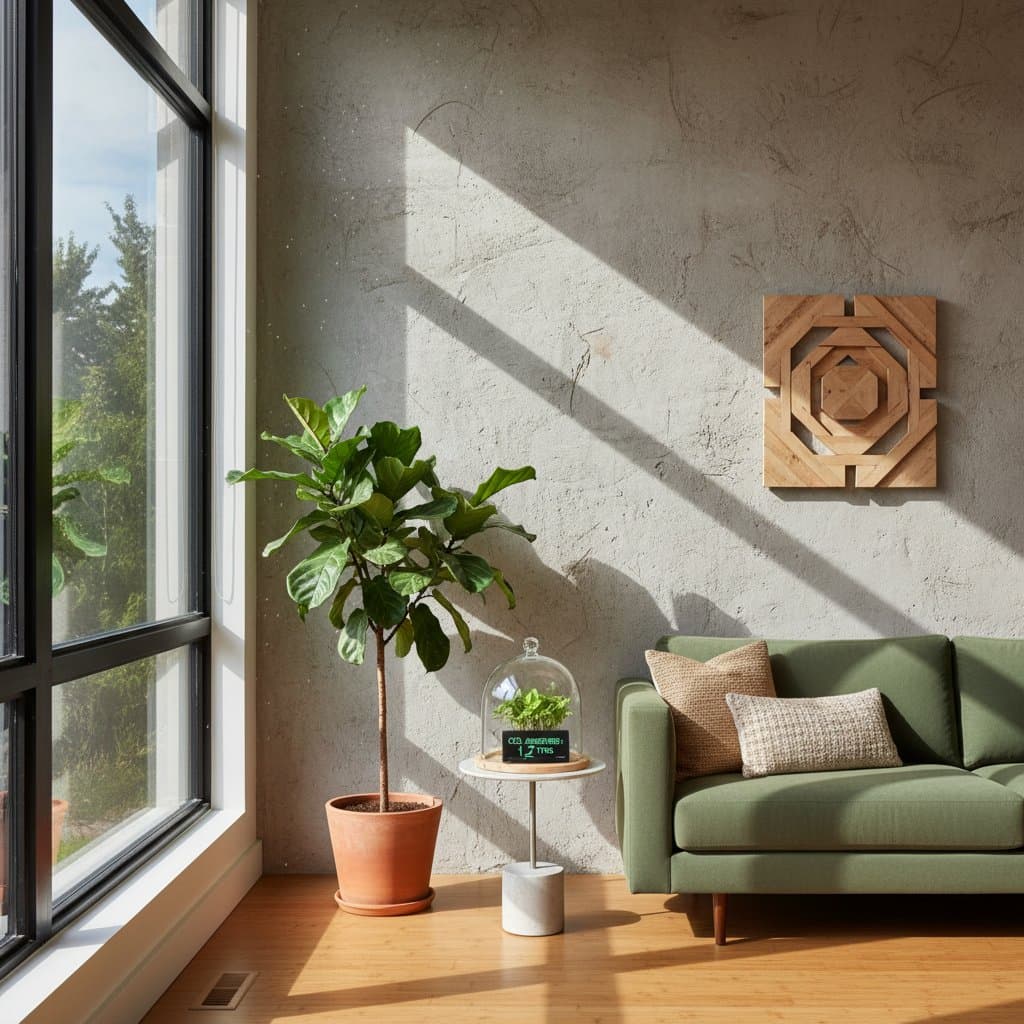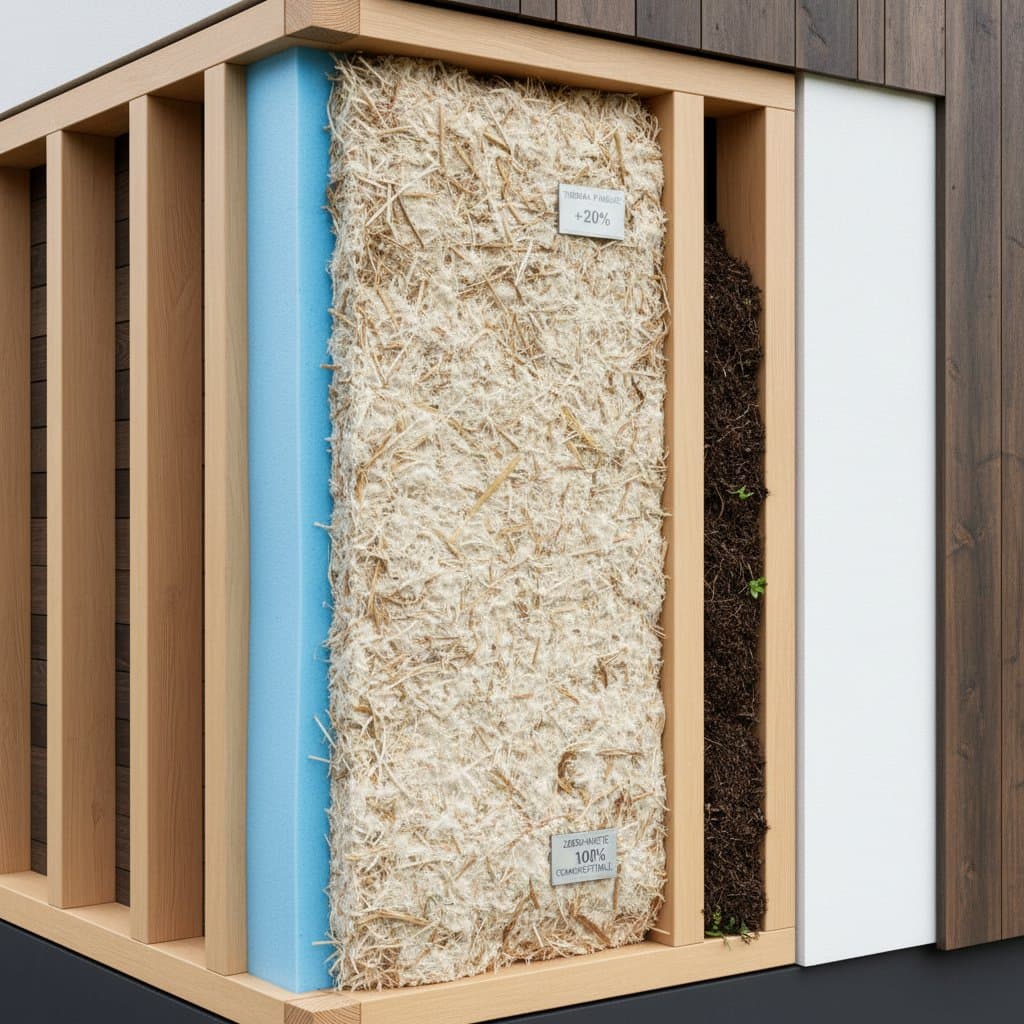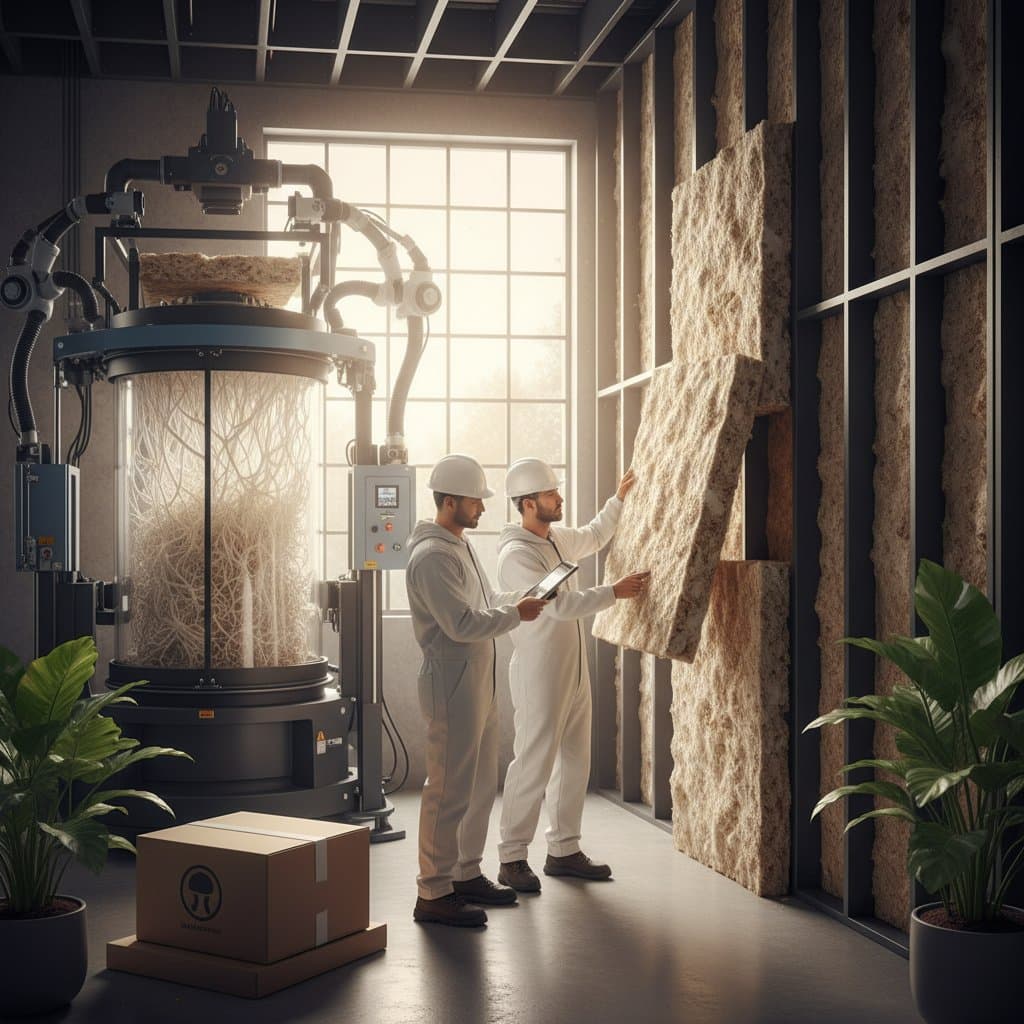Key Points
- Mushroom insulation, derived from mycelium, provides a renewable and compostable option compared to traditional materials such as fiberglass or foam.
- This material regulates humidity levels naturally, enhances indoor air quality, and lowers heating and cooling expenses by as much as 25 percent, based on installation quality and regional climate.
- Initial expenses remain moderate, yet sustained financial benefits arise from decreased energy consumption and minimal waste management costs.
- Its non-toxic composition fosters healthier indoor spaces and aligns with the increasing preference for sustainable, low-carbon construction solutions.
- Integration into new constructions or existing structures proves straightforward with standard installation techniques and thoughtful preparation.
Why Mushroom Insulation Benefits Homeowners
Conventional insulation materials frequently pose environmental challenges. Petroleum-derived foams emit volatile organic compounds over time, fiberglass causes respiratory and skin irritation, and neither option recycles easily. Mushroom insulation reverses these issues entirely. Producers cultivate it using agricultural waste products instead of extracting resources or relying on chemical synthesis. At the end of its service life, the material decomposes naturally in compost, returning nutrients to the earth without generating landfill waste.
Energy efficiency stands out as a primary advantage for financial reasons. Research on building performance indicates that effective insulation diminishes heating and cooling demands by 20 to 30 percent. Mycelium-based panels achieve thermal resistance values comparable to mid-grade foam products, positioning them as viable choices for both residential and commercial projects. Additionally, their ability to manage moisture prevents mold formation, which in turn avoids costly repairs and preserves structural integrity over time.
From an ecological standpoint, each panel functions as a modest carbon sequester. The mycelium process captures carbon that might otherwise release into the atmosphere via decay or burning of organic matter. Individuals seeking to minimize their home's overall carbon footprint find this feature particularly compelling, as it contributes to broader sustainability efforts without compromising performance.
Detailed Cost Breakdown and Return on Investment
As an innovative product, mushroom insulation experiences price fluctuations tied to market availability and manufacturing scale. Current estimates reveal the following:
- Material expenses: Approximately 15 to 25 percent above fiberglass prices initially, yet on par with mineral wool alternatives.
- Installation labor: Comparable to fitting rigid boards or batts, typically ranging from 1 to 3 dollars per square foot, influenced by local rates and project scope.
- Projected energy reductions: Potential savings of 10 to 25 percent on yearly heating and cooling bills, varying by geographic location and dwelling dimensions.
- Full lifecycle economics: Composting eliminates disposal charges, and durability equals or surpasses conventional materials when protected from excess moisture.
Homeowners often recover upfront investments within 20 years through energy cost reductions alone. When considering enhancements to air quality and diminished ecological harm, the comprehensive value proposition strengthens considerably. To maximize returns, pair this insulation with energy-efficient windows or appliances for compounded effects.
Essential Factors for Successful Implementation
Several elements influence the overall cost, effectiveness, and practicality of a mushroom insulation project:
- Regional climate considerations: Colder areas may necessitate thicker panels or supplementary layers to achieve optimal thermal performance.
- Compliance with regulations: Certain areas mandate adherence to established benchmarks, including ASTM or ISO evaluations for fire resistance and heat retention.
- Availability of suppliers: Extended shipping distances can increase transportation fees, so sourcing locally reduces expenses.
- Opportunities for self-installation: Skilled individuals handle cutting and placement with basic tools, but experts recommend hiring professionals to guarantee airtight seals and moisture barriers.
- Alignment with eco-objectives: Incorporating this insulation alongside solar panels or eco-friendly paints elevates the project's environmental impact.
Thorough preparation ensures optimal outcomes. Start with a professional energy audit to pinpoint high-impact areas for upgrades, such as attics or exterior walls, and calculate precise material needs.
Frequently Asked Questions
How does mushroom insulation perform against fiberglass?
Mushroom insulation delivers equivalent thermal efficiency with superior humidity control and no handling discomfort. Although fiberglass might edge out slightly in R-value per inch, advantages in airtightness and occupant comfort often balance this gap.
Is it suitable for those with mold sensitivities?
Yes. Manufacturers apply heat treatment to eliminate active spores prior to distribution. Once in place, the material remains stable and does not produce allergens.
Can homeowners install it independently?
Yes, particularly for modest-scale efforts. Basic tools suffice for cutting panels, but engaging certified installers secures effective vapor management and sealing.
Does it draw insects or rodents?
No. Post-treatment, the mycelium becomes inactive and resistant to pest interest.
What is its expected lifespan?
Properly maintained and shielded from dampness, it endures as long as typical wooden frameworks. Schedule periodic checks for water exposure to sustain performance.
How does it fare in humid regions?
It excels in such conditions when combined with adequate airflow and protective barriers. The material buffers indoor humidity by absorbing and releasing moisture evenly.
Steps to Adopt Mushroom Insulation
Transitioning to this innovative material begins with evaluation. Assess your home's current insulation through an audit to identify inefficiencies. Research certified suppliers in your area to secure materials that meet local codes.
Next, plan the scope. For retrofits, focus on accessible spaces like walls or roofs; new builds allow seamless integration from the foundation. Budget for professional assistance if DIY experience lacks, ensuring compliance and efficiency.
Finally, monitor results post-installation. Track energy bills to quantify savings and conduct annual inspections to verify condition. This approach not only cuts costs but also enhances living quality with a greener footprint.









